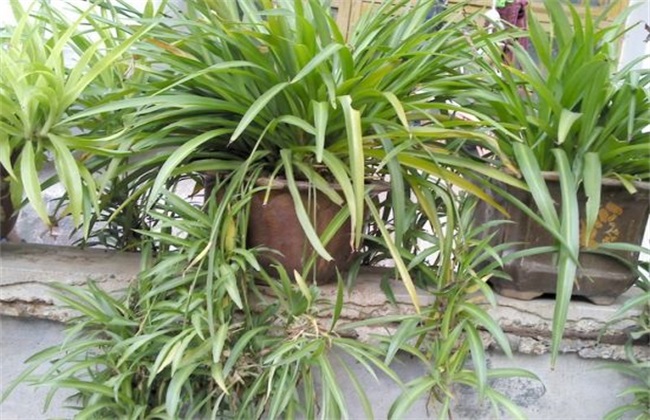Identification of quality of Edible Fungi
A, the characteristics of normal mother species:
1. The growth is neat, powerful, the edge is smooth and plump. 2. The color is consistent and uniform, and the pigment is secreted normally. 3. The growth situation is good and the speed is normal. 4. The hyphae are exuberant, robust and non-antagonistic.
B. Characteristics of the main varieties:
1. Flammulina velutipes: the hyphae are white and fluffy, but the hairs are short like cotton wool, with white or pale spore powder.
2. Coprinus comatus: the hyphae are white or slightly yellowish, fluffy and strong, aerial hyphae, semi-creeping, the tip of hyphae is obviously visible, the hyphae are fine, grow fast, and secrete grayish brown pigment in the later stage, which is obviously black or light black from behind the test tube.
3. Pleurotus ostreatus: the mycelium is white, dense and the aerial mycelium is exuberant.
4. Agaricus blazei Murrill: the hyphae are light white, mainly yellow, slender, neat and uniform growth, less aerial hyphae, a small amount of crude bacteriocin in the later growth stage, and the growth time is twice as long as that of Pleurotus ostreatus. It was generally transferred to dung grass juice + pda medium.
5. Poplar mushroom: the mycelium is white, the villi are strong, fine, the growth is exuberant, neat, the aerial mycelium is less, and there is a small amount of brown secretory hormone in the later stage.
6. Pleurotus ostreatus: also known as Pleurotus ostreatus, the mycelium is white, dense, stout, compact and less aerial hyphae.
7. Pleurotus eryngii: the hyphae are white, thick and sturdy, with neat edges, exuberant growth, aerial hyphae, like Pleurotus ostreatus. The mycelium has strong vitality.
8. Pleurotus eryngii: the mycelium is dense, white, thin, with exuberant growth and light black pollen spores in the later stage.
9. Pleurotus ostreatus: the mycelium is white or yellowish, thin and sparse, with few aerial hyphae and slow growth.
10. Fu Ling: the hyphae are light and sparse, the aerial hyphae are few, the hyphae are loose, and there are brown secretions in the later stage, which grows slowly.
11. Armillaria: symbiotic bacteria of Gastrodia elata. The mycelium is white, grows and extends into the culture medium to form a fungal cord, the edge is either black or white, the upper end of the test tube slowly becomes light black, and the fungal cord can be seen for too long. The production is not very good, it will contain miscellaneous bacteria.
12. Pleurotus ostreatus: the mycelium is white with light khaki, generally semi-aerial and semi-stoloniferous, with thick fungal cord and obvious tip.
The growth is slow.
13. Hericium Erinaceus: the hyphae are white, the hyphae are sparse, the distribution of stars, after the second species, the hyphae are dense and white.
Related
- Fuxing push coffee new agricultural production and marketing class: lack of small-scale processing plants
- Jujube rice field leisure farm deep ploughing Yilan for five years to create a space for organic food and play
- Nongyu Farm-A trial of organic papaya for brave women with advanced technology
- Four points for attention in the prevention and control of diseases and insect pests of edible fungi
- How to add nutrient solution to Edible Fungi
- Is there any good way to control edible fungus mites?
- Open Inoculation Technology of Edible Fungi
- Is there any clever way to use fertilizer for edible fungus in winter?
- What agents are used to kill the pathogens of edible fungi in the mushroom shed?
- Rapid drying of Edible Fungi



